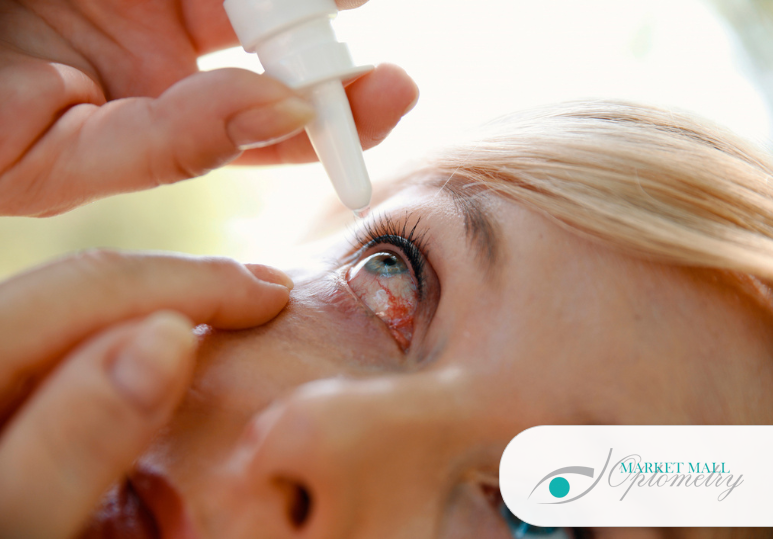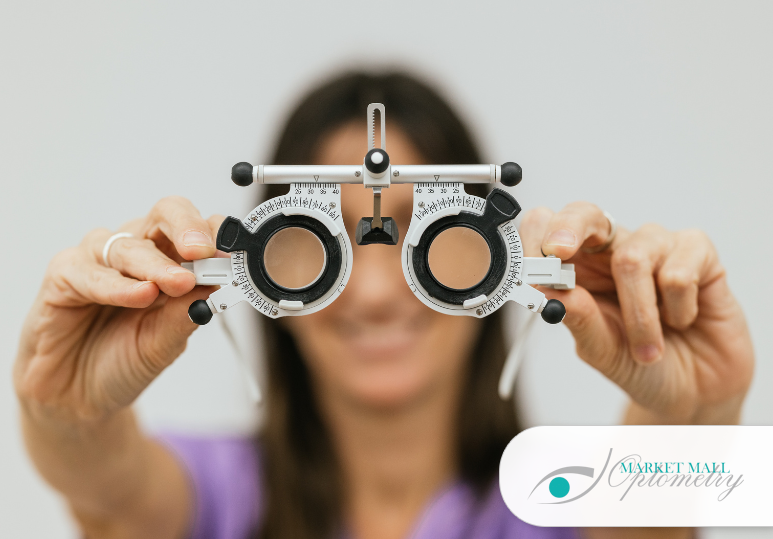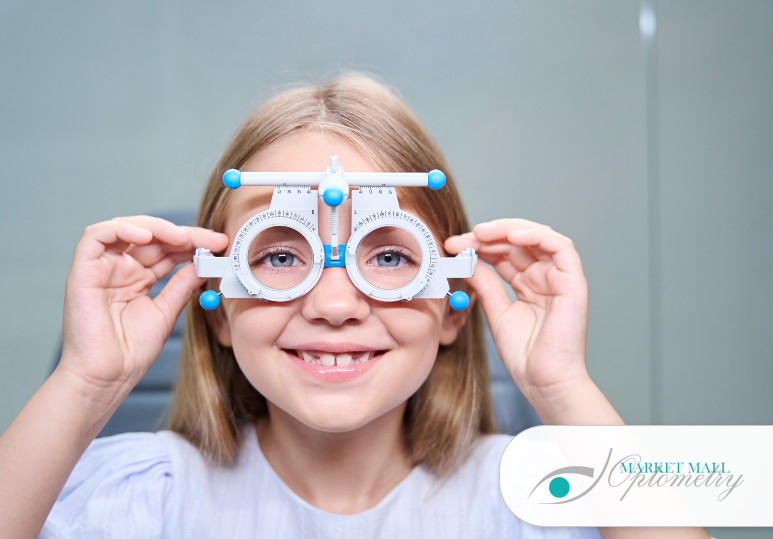Different Exams Your Optometrist Uses To Detect Cataracts
Different tests will be administered to diagnose cataracts. If cataracts are diagnosed, you will also receive these tests to monitor the progression of your cataracts. Cataract management is an essential part of maintaining vision and of monitoring when a person may require cataract surgery. Learn more about the role your optometrist plays in cataract management here.
Visual Acuity Testing
This eye test is administered to check your vision. A visual acuity test uses the classic Snellen chart to determine how accurate your vision is. This is the chart that has a selection of random letters where each successive line of letters becomes smaller. The farther down the chart you can read, the better your vision is. Visual acuity tests are a good way to monitor how much cataracts are affecting your vision and can help your optometrist know what prescription you require.
Slit-Lamp Exam
This form of eye testing uses a microscope with a narrow beam of light (the slit) to provide your optometrist with a clear enlarged image of the front of your eye. This test is used to view the condition of your iris, cornea, lens, and the spaces in between each component of the front of the eye. The slit-lamp exam gives your optometrist a 3D image of the front of the eye. A slit-lamp exam will help your optometrist see if there is any clouding beginning to develop in the lens of the eye
Retinal Exam
As the name implies, a retinal exam is used to examine the back of the eye, also known as the retina. The retina is an incredibly important part of vision, as it is the part of the eye that sends signals to the brain so that vision can be detected. Although cataracts occur at the front of the eye in the lens, retinal exams are still an important part of a cataract exam. Retinal exams need to be conducted to ensure that no other eye conditions are happening in tandem with your cataracts and that any vision impairment you are experiencing is due to the cataract and not anything else. Because cataracts can cloud the vision, they can sometimes mask symptoms of other eye conditions.
Cataract Exams From A Calgary Optometrist
Cataracts most commonly develop in people aged 40 and over. If you are in this age bracket, annual eye exams are recommended to diagnose cataracts and other eye conditions. If you are already diagnosed with cataracts, annual eye exams are recommended for cataract management. When properly addressed and treated, cataracts can be a reversible condition that does not need to severely impact your life. Whether you want to check for cataracts or you want to begin a cataract management plan, speak with a Calgary optometrist at Market Mall Optometry. Book an eye exam with a Calgary optometrist at Market Mall Optometry by calling 1-403-286-4884 or fill in the online contact form and take control of your vision today.
FAQ
Q: Can I lower my risk of developing cataracts?
A: There are some steps you can take throughout your life to reduce your risk of developing cataracts. Read 4 Lifestyle Tips to Help Lower Your Risk of Developing Cataracts to learn more.
Q: What are the risks of cataract surgery?
A: Although there are a few risks associated with cataract surgery, such as inflammation, swelling, bleeding, drooping eyelid, or a dislocation of the artificial lens post-surgery, most complications are mild. Cataract surgery is very common and often produces only desirable outcomes, but your optometrist will go over every possible scenario when you are discussing your cataract management with them.
Q: Why might my optometrist recommend I get cataract surgery as soon as I am diagnosed?
A: Mild cataracts often do not impact vision or they impact vision very little. Prescription eyeglasses are often enough to correct the vision impairment caused by mild cataracts and this is a far less invasive option. Some cataracts never reach the point where they need to be surgically removed and optometrists try to avoid surgery if it is deemed unnecessary. If you are diagnosed with cataracts, discuss your management options with your optometrist and discuss how you would like to treat your cataracts.





